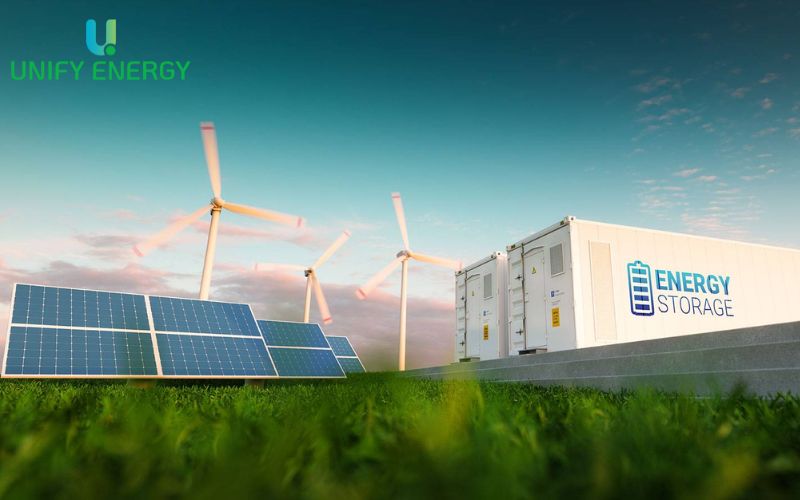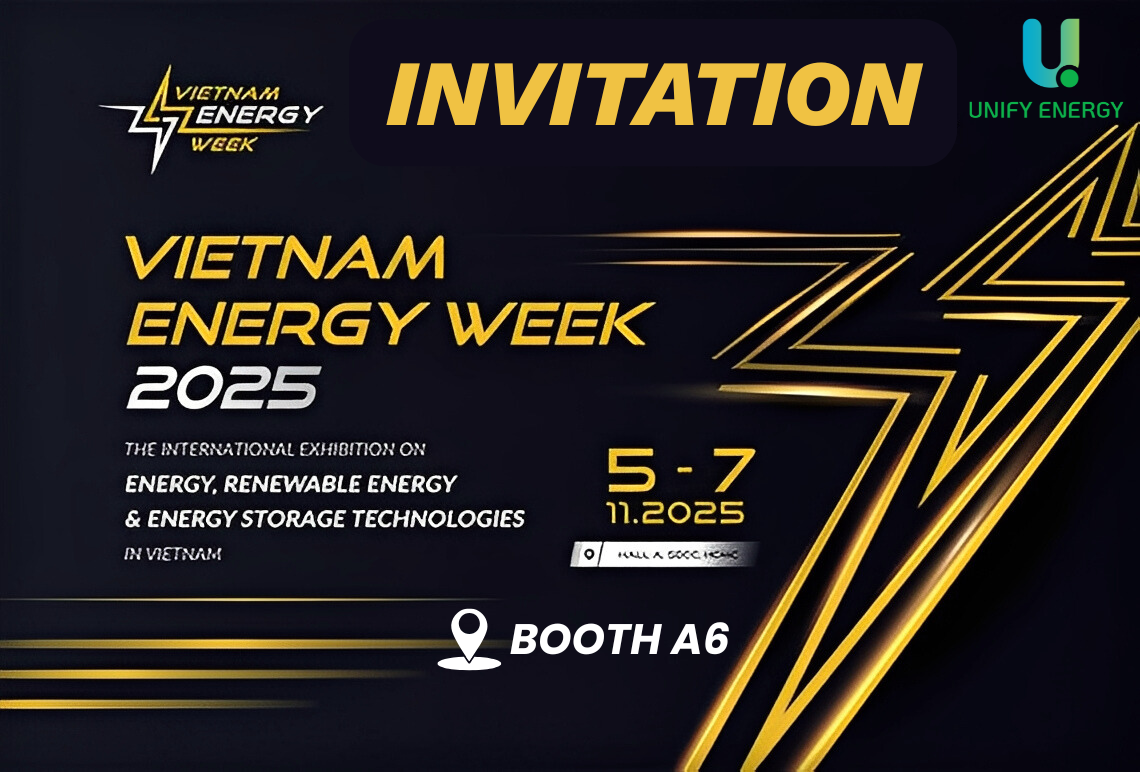
As the world enters the era of renewable energy, energy storage becomes a key “link” to ensure grid stability and continuous energy supply. From harnessing wind and sunlight to decarbonizing heavy industry – all require an efficient, sustainable storage solution. So, what will be the dominant storage technologies of the future? Let’s explore the details in the article below.
1/ Lithium-ion (Li-ion) battery: The “star” still holds its position
Outstanding advantages:
– High energy density, helping to store a lot of energy in a compact space.
– High efficiency, with outstanding energy conversion rate and low self-discharge.
– Long life cycle, can be charged and discharged thousands of times while maintaining performance.
– The supply chain and production have developed strongly, leading to significant cost reduction.
Development trends:
– LFP (Lithium Iron Phosphate) batteries are emerging due to their high safety, long life and lack of use of rare metals.
– NMC (Nickel Manganese Cobalt) batteries continue to be improved to optimize energy density and durability.
– Solid-state technology – although still in the R&D stage – promises to be the next generation with superior safety and performance.
2/ Sodium-Ion (Na-ion) batteries: A promising alternative
Why is it noteworthy?
– Abundant raw materials, low cost.
– Good performance in low temperature environments.
– Higher safety.
Future applications:
– Plays a key role in large-scale energy storage.
– Industrial-scale production is being promoted.
3/ Iron-Air Batteries: Breakthrough for Long-Term Storage
Outstanding advantages:
– Extremely low cost – using iron, the most common and cheapest metal.
– Ability to store energy for several hours to several days.
Potential applications:
– Ideal solution for grid stability.
– Developed by technology startups such as Form Energy.
4/ Flow Batteries: Flexible and sustainable
Technical characteristics:
– Extremely high cycle life.
– Flexible scalability.
– Separation of energy and power.
Future trends:
– Vanadium Redox Flow Battery (VRFB) is suitable for large-scale grid systems.
– Battery lines using zinc-bromine and organic electrolytes are being researched.
5/ Thermal Energy Storage Technology: Cost-effectiveness
Why is it noteworthy?
– Low investment cost.
– Can be stored in the form of heat, suitable for many purposes.
Practical applications:
– Suitable for commercial buildings, industrial parks.
– Deployed in concentrated solar power plants (CSP).
6/ Green Hydrogen: Global storage source for the 21st century
Outstanding advantages:
– Store energy for weeks to months.
– Suitable for transportation, heavy industry.
Challenges and prospects:
– Production costs are still high.
– Infrastructure is lacking, but many countries are investing heavily.
7/ Supercapacitors: Short-term but super-efficient storage
Outstanding features:
– Charge and discharge in just a few seconds.
– Extremely long life.
– No battery deterioration.
Practical applications:
– Hybrid vehicle starting systems, mobile devices, industrial robots.
– Combined with Li-ion batteries to increase efficiency.
8/ Hybrid Systems: Optimize performance – reduce costs
Notable trends:
– Combining multiple types of energy storage to overcome disadvantages.
– For example: Li-ion + supercapacitors, fluid batteries + thermofluids, hydrogen + solar.
Applications:
– Mainstream trends in smart energy projects, green cities, microgrids.
From innovative Li-ion batteries, low-cost sodium-ion batteries, to potential green hydrogen and super-fast charging supercapacitors – the energy storage industry is entering a golden age with an unprecedented pace of innovation. Hybrid, long-term storage and environmentally friendly solutions will be key to accelerating the global energy transition towards a sustainable, clean and energy independent future.








Leave a Reply